0 x item(s)
Graham Farish announce new tooled GWR Halls and Modified Halls in N Gauge
Contributed by:
12 Sep 2025 00:00am
The Great Western Railway (GWR) could count many classes of 4-6-0 among its locomotive designs, but none were more numerous or successful than the 49XX ‘Hall’ Class. Add in the later 6959 ‘Modified Hall’ Class and a total of 330 locomotives were produced and now, high-fidelity N scale models of both the ‘Hall’ and ‘Modified Hall’ are being produced by Graham Farish.
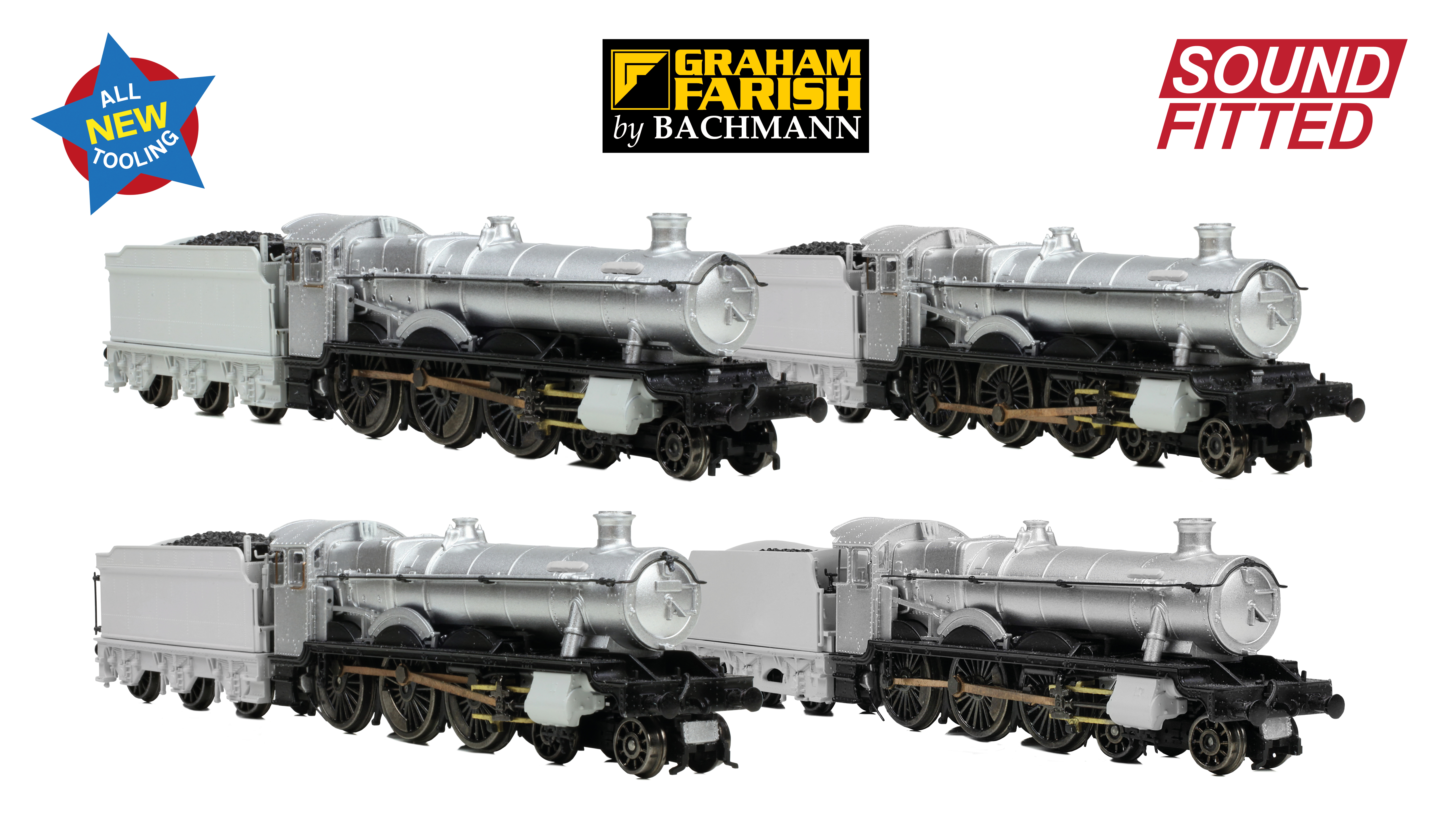
The GWR needed a new breed of mixed traffic locomotives, and the ‘Hall’ provided the answer. Following three years of trials with ‘Saint Martin’, and with minor tweaks to the design, Collett ordered 80 locomotives from Swindon Works. The first was delivered in 1928 and at the same time ‘Saint Martin’ was renumbered as the Class leader, No. 4900. The new
builds were numbered 4901 onwards and each was named after an English or Welsh country house, although not always from GWR territory.
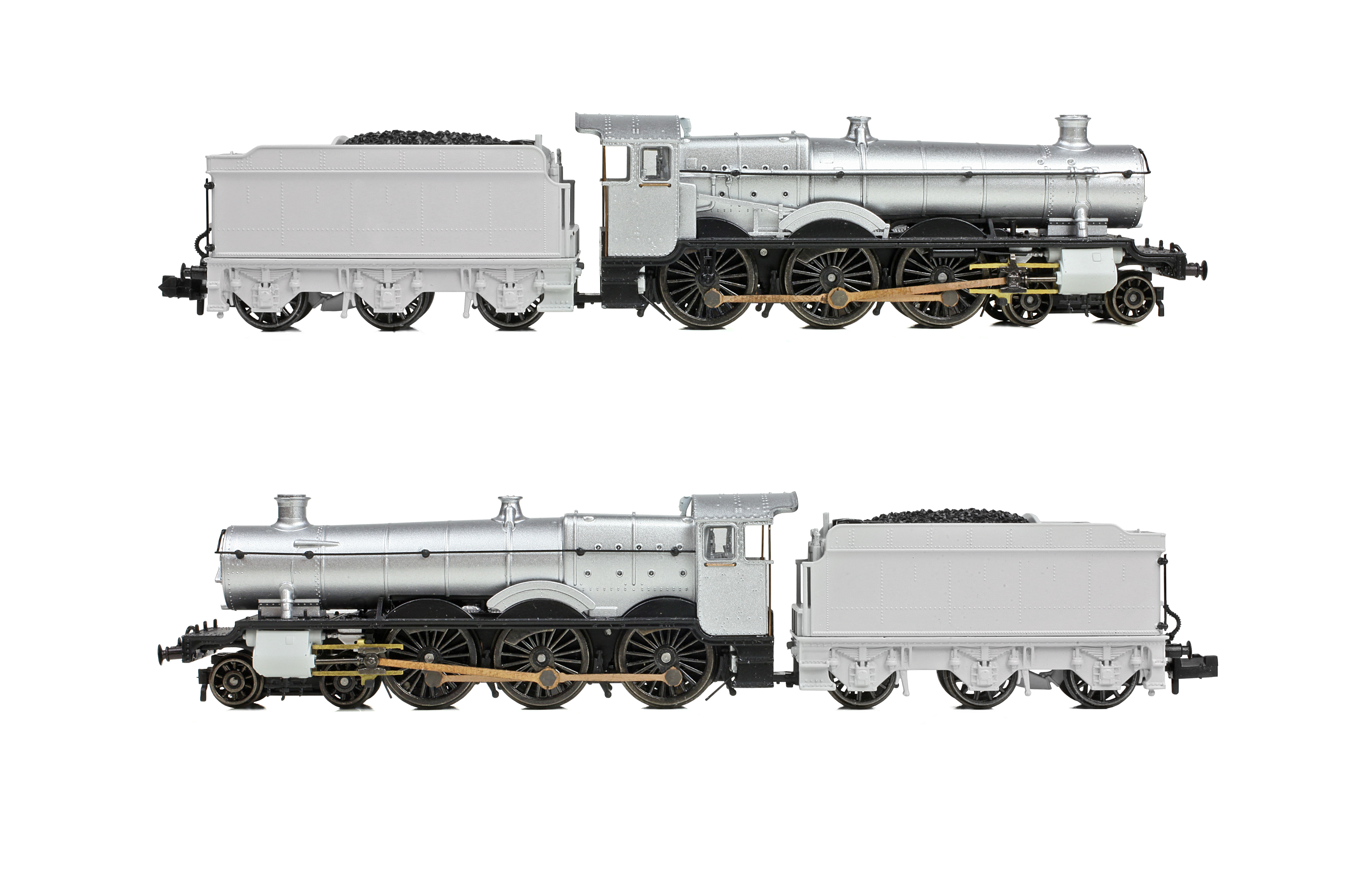
Taking the reins during wartime, Hawksworth was constrained by austerity measures, but still he was able to make his mark on the ‘Hall’ Class with a new design that introduced efficiencies and cost savings in both the construction and maintenance of the locomotives.
To simplify construction Hawksworth used metal plate for the frames which ran the entire length of the locomotive, replacing the plate and bar frames employed in the original design.
The bogie was made solely from plate instead of bar, and within the boiler, superheating was increased to improve the locomotive’s performance, particularly important as the coal available to the GWR was of an increasingly lower quality.
The original ‘Halls’ had their two cylinders and smokebox saddle cast together, but the new design had two separate cylinders and a fabricated saddle. A necessity due to the plate frames extending right to the front of the locomotive, this feature also meant a single cylinder
could be removed if needed rather than having to disassemble the entire front end.
The new locomotives were known as the ‘Modified Halls’ and the first was completed at Swindon in 1944 numbered 6959. Initially coupled with Collett tenders, from 1947 a new tender, similar to the type used with Hawksworth’s ‘County’ Class two years earlier, was introduced. The Hawksworth tenders had high, flat sides and were of welded construction and the majority of ‘Modified Halls’ were paired with this type.
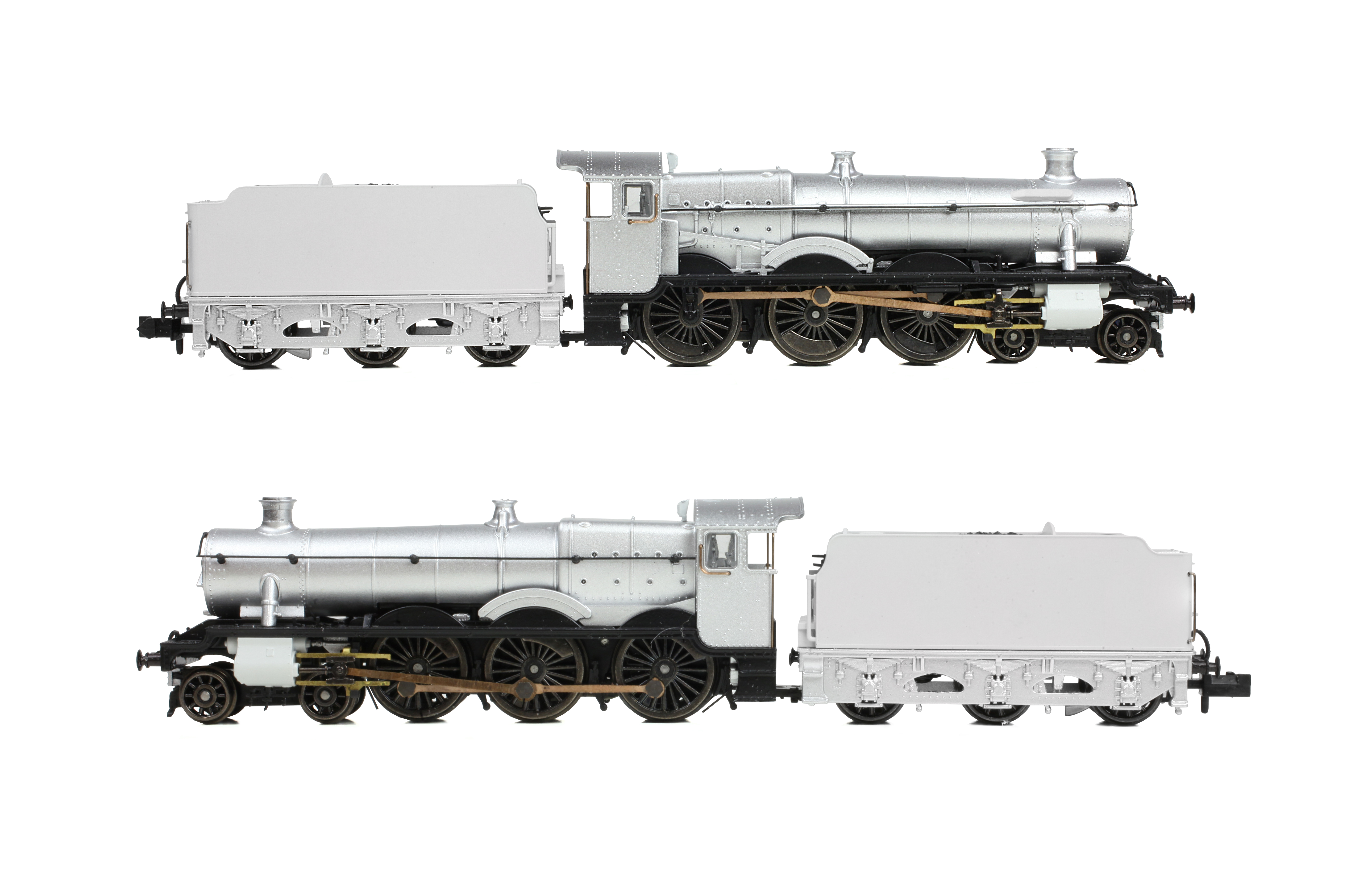
A total of 71 ‘Modified Halls’ were built in four lots between 1944 and 1950 and again all were constructed at Swindon Works. Like the ‘Halls’ all would be named after country houses in England and Wales.
Of the 71 locomotives built, just 22 were completed for the GWR, with the final 49 entering traffic after Nationalisation in 1948 and so going directly into British Railways (BR) ownership.
258 ‘Halls’ joined the ‘Modified Halls’ on BR’s books – the only example not making it to Nationalisation being No. 4911 ‘Bowden Hall’ which was withdrawn in 1941 following damage sustained from enemy action during the Second World War.
Both types were classified 5MT by BR which continued to employ the engines on mixed traffic duties and their numbers remained strong until the early 1960s. Just a dozen of the original ‘Halls’ had been withdrawn by the end of 1961, whereas the ‘Modified Hall’ class remained complete until 1963. Sizeable numbers of both designs stayed in use until the end of 1965, when the curtain fell on standard gauge steam on the Western Region.
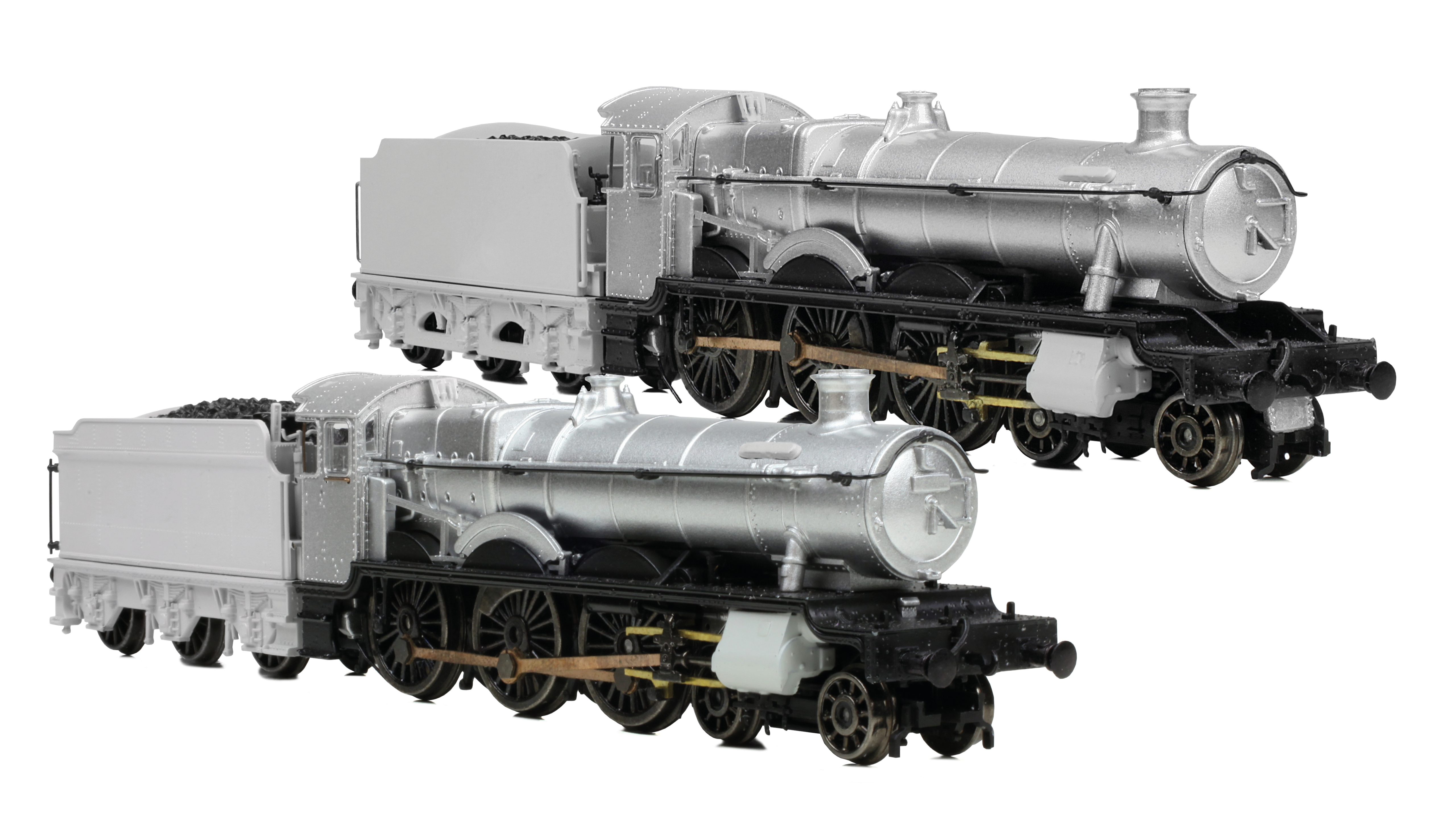
These new models have been developed from the rails up with detailed surveys and extensive research undertaken on both classes to ensure that accurate models of each can be produced. That means a new Hawksworth Tender too, joining the Collett 4,000 gallon version from the popular Graham Farish Castle Class, and the two tenders are interchangeable between the two classes, as was the case with the real locomotives.
Common to both types is a diecast metal running plate on which is mounted a high precision, injection moulded bodyshell boasting intricate engraving and moulded details like the rivets and boiler bands. Added to this are separately fitted details including smokebox door, dome, lower front lamp irons, steam pipes, whistle and reverser.
Below the running plate and all the wheels are diecast with an authentic spoke pattern, whilst metal valve gear and rods are employed. The cylinders are injection moulded and again feature authentic detailing including the drain cocks, and separate sand boxes adorn the chassis. Fine metal wire is used for the sand pipes, and brakes and suspension detail is included to complete the running gear.
Metal wire is also used for the handrails on both the locomotive and tender, and the buffers are turned metal components. Within the cab, the firebox backhead is detailed with controls and gauges, and the hand brake and water scoop controls are each added individually on the tender. Each tender boasts a number of separate details parts too, including the water scoop, dome, filler cap and vacuum pipe, and a metal coal effect load completes the look and
adds a balanced weight for smooth running.
A distinguishing feature of the ‘Modified Halls’ was the flat plate front of the leading bogie, enabling enthusiasts to know when a ‘Modified’ was approaching and with the Graham Farish model an optional front bogie plate is included to replicate this, which fits into the NEM pocket if the standard coupling is removed.
Turning to the technical side of these new models and a coreless motor is mounted within the locomotive, connected to the driving wheels through a diecast metal gearbox. Electrical collection comes from all driving wheels and all tender wheels and there are separate metal bearings fitted to each driving wheel axle. The tender wheels also run in metal bearings.
Traction tyres feature on the rear driving wheel set, and the gearing has been arranged so that these models can pull prototypical loads at prototypical speeds, with fine slow speed control too.
For DCC users a Next18 DCC decoder socket is located in the tender, and a pre-fitted speaker makes it easy to add sound. Alternatively, SOUND FITTED models come with a Zimo MS590N18 DCC Sound Decoder pre-installed for use on DCC and Analogue with authentic sound effects straight from the box.
Four locomotives make up the initial range, with two ‘Halls’ comprising No. 4962 ‘Ragley Hall’ and preservation-favourite No. 4936 ‘Kinlet Hall’, both sporting BR liveries. The ‘Modified Hall’ is finished as another preserved example, No. 6959 ‘Raveningham Hall’ in the GWR livery in which it took part in the 1975 the cavalcade at Shildon to celebrate the 150th anniversary of the opening of the Stockton & Darlington Railway, and so this model forms part of Bachmann’s Railway Celebrations range. The second ‘Modified Hall’ is No. 7904 ‘Fountains Hall’ which is finished in BR Lined Black Early Emblem livery.
All four models are due for release in early-2026,. The four versions will also be available with SOUND FITTED.
To pre-order click here
Subject to alteration.
Return to Page Top
-

Academy Models
-

Accurascale
-
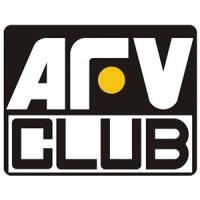
AFV Club
-

AIP by Bachmann
-

Airfix
-

Arnold
-

ATD Models
-

Auhagen
-

Bachmann
-

Bachmann Narrow Gauge
-
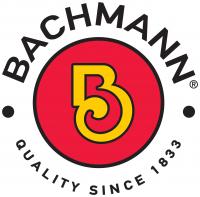
Bachmann USA
-
Barrie Stevenson
-

Bassett-Lowke
-

Berko
-

Busch
-

Cambrian
-

Clark Railworks
-

Corgi
-

Cornerstone
-

Dapol
-

DCC Concepts
-

Deluxe Materials
-

Dundas
-
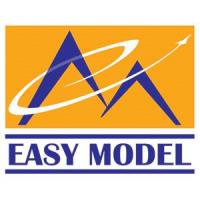
Easy Model
-

Eckon
-

EFE Rail
-

EFE Road
-

Emhar
-

ESU
-

Exclusive First Editions
-

Faller
-

Fleischmann
-
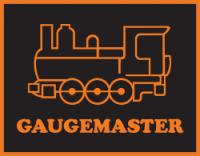
Gaugemaster
-

Gecko Models
-

Golden Valley Hobbies
-

Graham Farish
-

Greenlight Collectibles
-

Heljan
-

HK Models
-

Hornby
-

Hornby International
-

Hornby TT:120
-

Humbrol
-
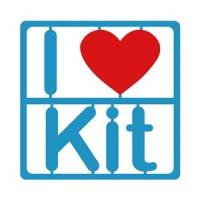
I Love Kit
-

Jouef
-
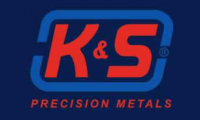
K&S Metals
-

Kadee
-

Kato
-
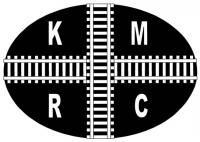
Kernow Models
-
Kestrel
-

Kibri
-

Lenz Digital
-
LightCraft
-

Liliput
-

Lionheart Trains
-

Merit
-

Metcalfe
-

Middleton Press
-

Mirror Models
-
Miscellaneous
-

model scene
-

ModelMaker
-

Murphy Models
-

Noch
-

Oxford Diecast
-

Oxford Rail
-
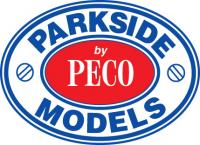
Parkside by Peco
-

PECO
-

Plastruct
-

Platform 5
-

PM Model
-

Preiser
-

Proses
-
RailMatch
-
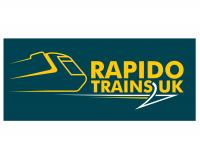
Rapido
-
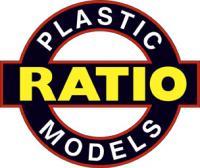
Ratio
-

Revell
-

Revolution Trains
-

Rivarossi
-

Roco
-
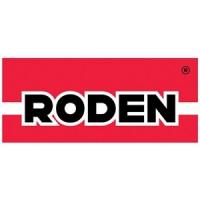
Roden
-

Scale Model Scenery
-

Scalextric
-
Shawplan
-

Slaters
-
Smiths
-

Springside
-
Star Tec
-
Strathwood
-

Superquick
-

Takom
-
Taliesin
-
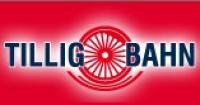
Tillig
-
Tiny Signs
-

Toyway
-
Tracksetta
-

Train-Tech
-

TrainSave
-
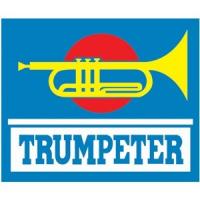
Trumpeter
-

Viessmann
-

Vollmer
-
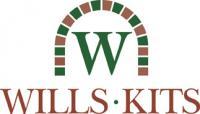
Wills
-

Woodland Scenics
-

Xuron

Connect with us socially

